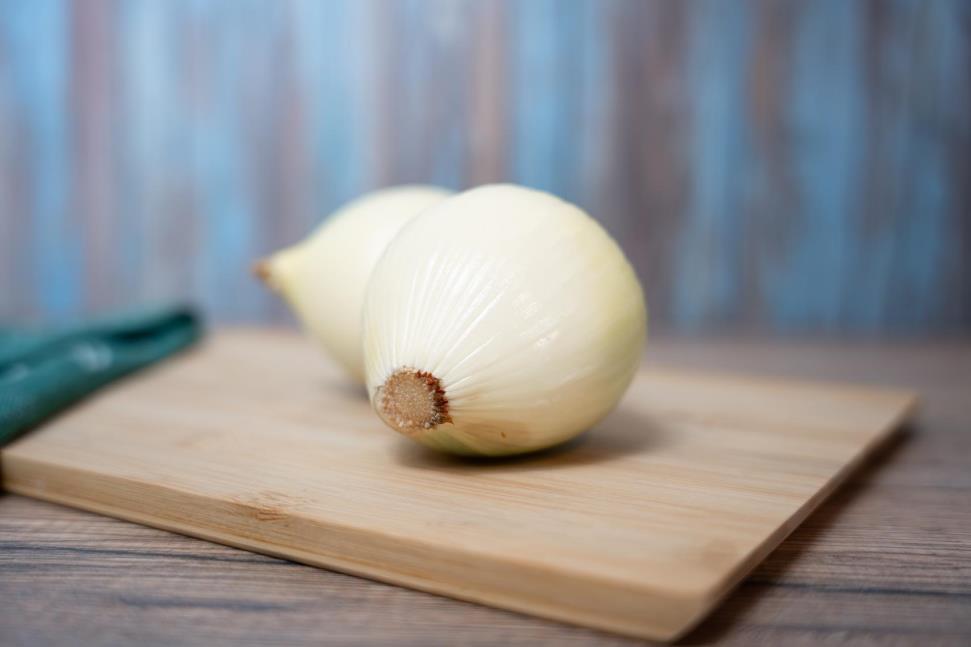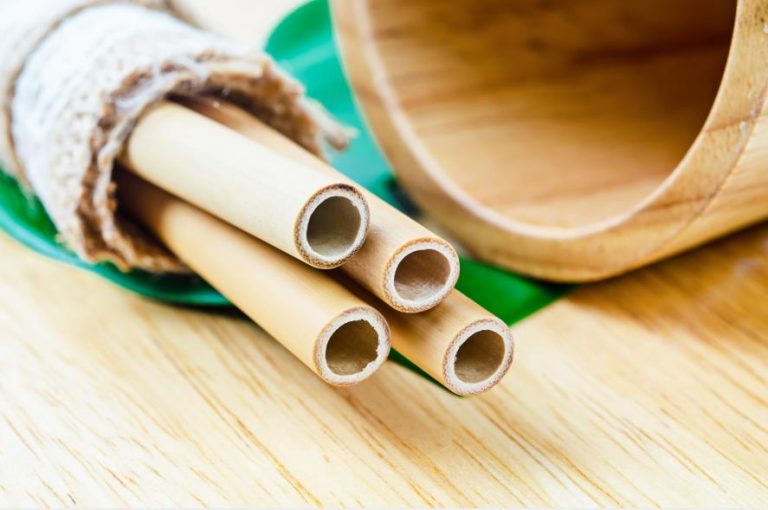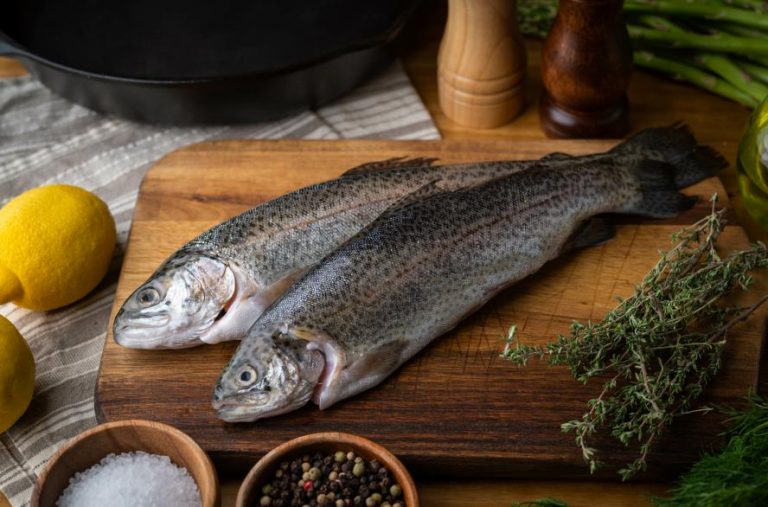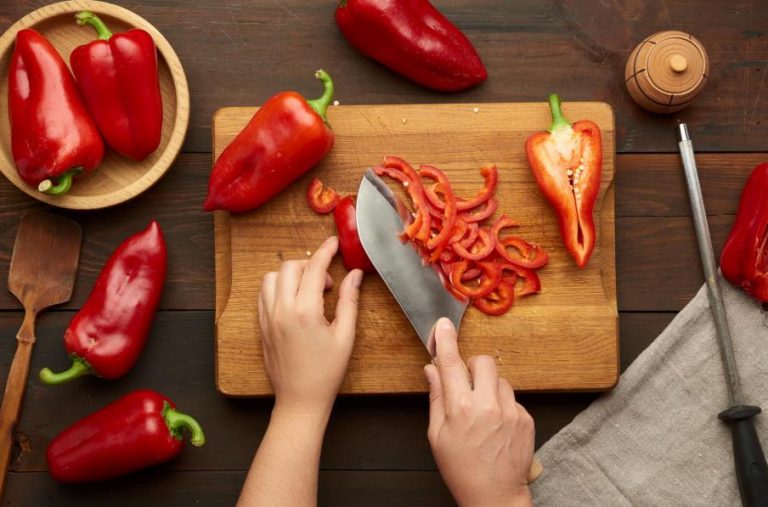Wood arguably makes the best cutting board material, but not all kinds are equal. Countless trees produce lumber with different qualities and features.
When researching woods for cutting boards, birch is one of the noteworthy names that pop up. Among its varieties, downy birch is common for cutting boards. It’s a hardwood with traits that make it fit to be a cutting board material, but it isn’t for everyone.
Some cooks like the features of birch cutting boards; some don’t. It’s up to stores to determine if they can make a good product for their clientele. This article will go over just that – helping stores figure out if birch is a good choice for the wooden cutting boards they sell.
Read to the end to discover birch wood’s characteristics, what kind of cutting board it makes, and how it compares to other woods.
What is birch wood?

Birch belongs to the Betulaceae family. It’s closely related to the Fagaceae family, which also includes beech. This explains the resemblance in the lumber they produce.
Although it’s a short-lived tree, birch can reach up to 65 ft with a two feet trunk diameter. It produces plenty of sustainable lumber that’s available across the US, especially in the Northern part of the country.
The pricing of birch wood is similar to maple and oak. It has an economical price, and with its wide availability, it’s attractive for making cutting boards and wooden kitchen utensils. Other than kitchen products, birch is one of the most commonly used woods for making plywood and flooring.
Birch wood characteristics
- Appearance: Birch has a creamy white color but can be nearly white. As the wood ages, it turns into a yellowish tint. Birch’s heartwood, has a reddish-brown appearance.
- Texture: Birch has a smooth, even texture with slightly wavy or straight grains. It’s diffuse-porous with tight grains that don’t have open pores.
- Hardness: On the Janka hardness scale, birch scores around 1000 lbf depending on the subspecies. It’s hard enough to make a cutting board yet gentle on the cutting edge of knives at the same time.
- Durability: The tight grains, even texture, and sufficient hardness make birch wood a quite durable material for cutting boards.
- Water resistance: Birch doesn’t have open pores, unlike oak or ash. It won’t soak liquids from foods and kill bacteria naturally, but it’s sensitive to moisture.
- Impact resistance: Birch cutting boards will show scratches and marks over time, one way or another. It isn’t hard enough to resist blows from a sharp knife.
Buy Wholesale Cutting Boards and Start Scaling up with Us Today
Contact us and connect with a sales rep to get a free quote.
Is birch good for cutting boards?
Now, let’s get to the important question. What kind of cutting board birch makes, and will it meet customer expectations?
Strength
Birch isn’t particularly hard enough, so it can’t do much in resisting impacts from a knife. A knife won’t be able to cut a birch cutting board in half, but it will definitely leave marks.
These marks will only become more apparent over time. With ring-porous woods, this can be an issue where the knife creates grooves for bacteria to hide, but not with birch. It has tightly packed grains that don’t give a place for bacteria to harbor.
Moisture resistance
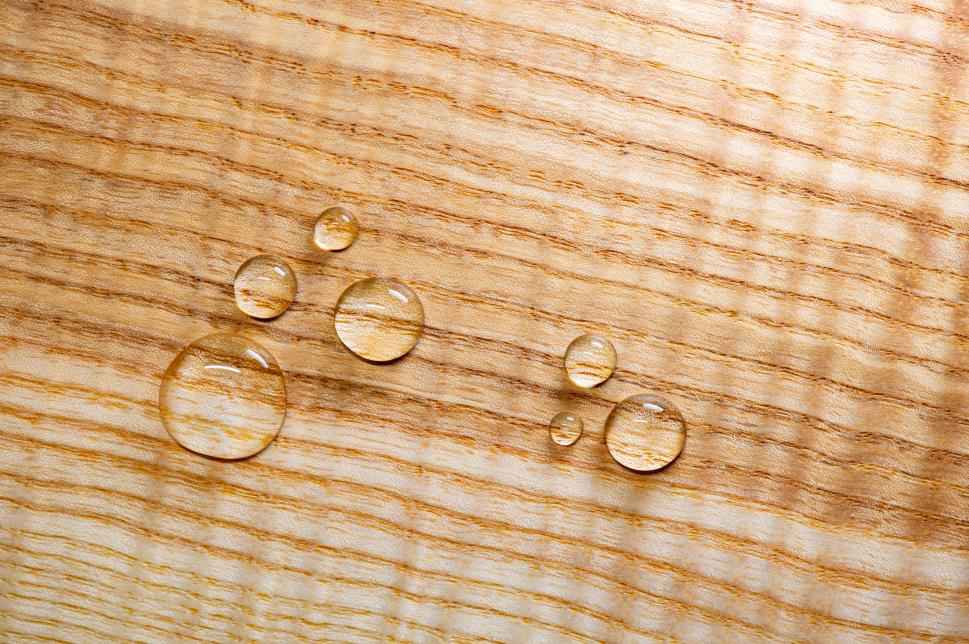
The cutting board’s ability to keep moisture away is as important as it gets. If the cutting board soaks the liquids from foods and water after rinsing, it can slowly stock it up into the inner parts. This can later warp or crack the cutting board, which is a prominent issue with not-so-hard- wood like birch.
However, the tight grains and the uniform texture of birch don’t give way for liquids to penetrate the surface. It doesn’t repel water as greatly as ebony or teak but does an alright job. The biggest problem birch cutting board faces related to is humidity. They’ll easily deform if the relative humidity changes rapidly throughout the day. Thus, they should be stored in a cool place in the kitchen.
Nonetheless, moisture won’t be a major issue with birch cutting boards as long as it isn’t washed in the dishwasher or submerged in water for extended periods. This, of course, assumes the manufacturer applied the appropriate finishing to the surface.
Knife sharpness
The knife sharpness and the hardness of wood don’t go hand in hand. If the cutting board is hard and rigid, it can dull knives pretty quickly.
Luckily for knives, birch isn’t too hard to dull them – at least not on a noticeable scale. It will bear more scratches and marks than it dulls the knife. While this is good for blades, especially the ones utilized for chopping and mincing, it will require users to pay attention to their boards more often.
Cleaning and upkeep
Keeping a birch cutting board sanitized isn’t a challenging task. As we’ve touched on its water resistance, there won’t be much room for food residue or liquids to penetrate its surface. A quick sponge bath with warm soapy water and a thorough rinse is enough to keep it clean.
The easy cleaning is not only good for keeping a birch cutting board sanitized but also to keep it glowing. The light-colored surface tends to put stains on display. Even though it isn’t likely for birch to clasp onto stains, cleaning shouldn’t be overlooked.
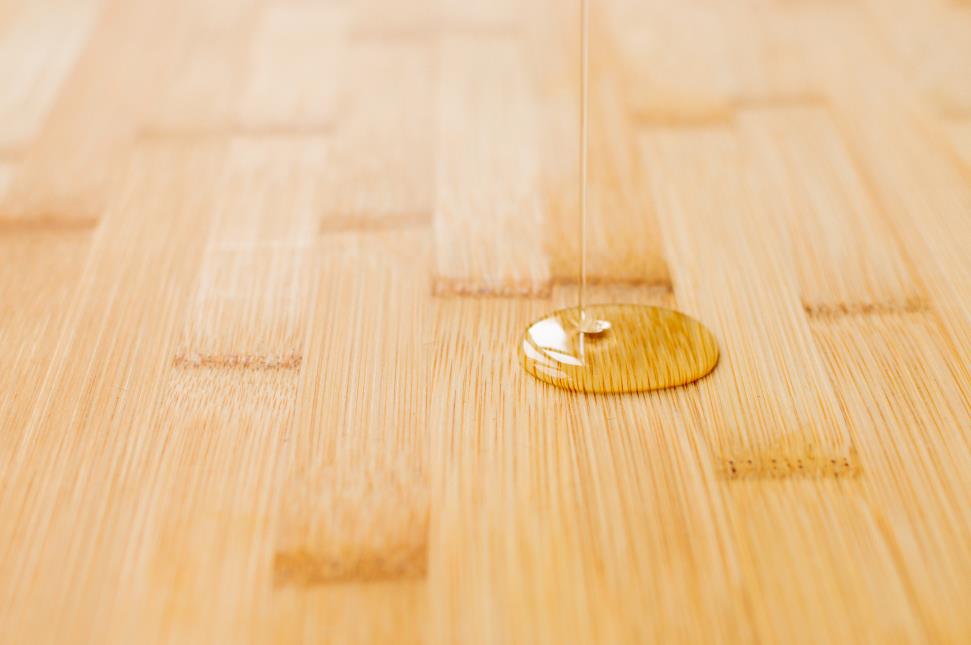
As for maintaining a birch cutting board, a generous coat of food-safe mineral oil every now and then is all it takes. Advise your customers to examine the surface routinely. If it feels or looks dry, it’s time for conditioning.
We also recommend shops gifting tiny bottles of mineral oil or another food-safe conditioner with wood cutting board purchases to help them see for themselves. Once they condition their board and see the change, they will come back looking for more, boosting sales.
Conclusion: is birch good for a cutting board?
Birch is an ideal wood for cutting boards. It’s gentle on the knife edge, keeps moisture away with proper sealant and polishing, and all these come with a moderate price.
Are there better alternatives to birch? Surely there are – more on them below – but it’s one of the best alternatives for cooks looking for a light-colored cutting board at a modest price.
A professional chef working at a fast-paced restaurant probably won’t find birch as a qualifying cutting board material. It won’t hold up to hours of chopping every day. Still, it’s appropriate for general meal preparation at home. Your customers can comfortably use a birch cutting board as their primary cutting surface.
Still unsure if birch makes a good cutting board to sell? Here are their pros and cons to recap everything we’ve discussed.
Pros
- Birch has an aesthetically pleasing appearance with its light hues that don’t take hold of stains.
- The surface of cutting boards made from birch doesn’t negatively impact knife sharpness.
- Birch cutting boards hold up well in home kitchens, ready to last for years with some upkeep.
Cons
- Birch cutting boards aren’t ideal for cooks living in a humid environment.
- Birch shows a considerable amount of knife scratches and marks.
- The hardness of birch is sufficient for general use but certainly not for heavy-duty tasks. It won’t make a good chopping block.
Buy Wholesale Cutting Boards and Start Scaling up with Us Today
Contact us and connect with a sales rep to get a free quote.
Birch wood vs. other hardwood
Here is how birch compares to two similar alternatives: maple and beech.
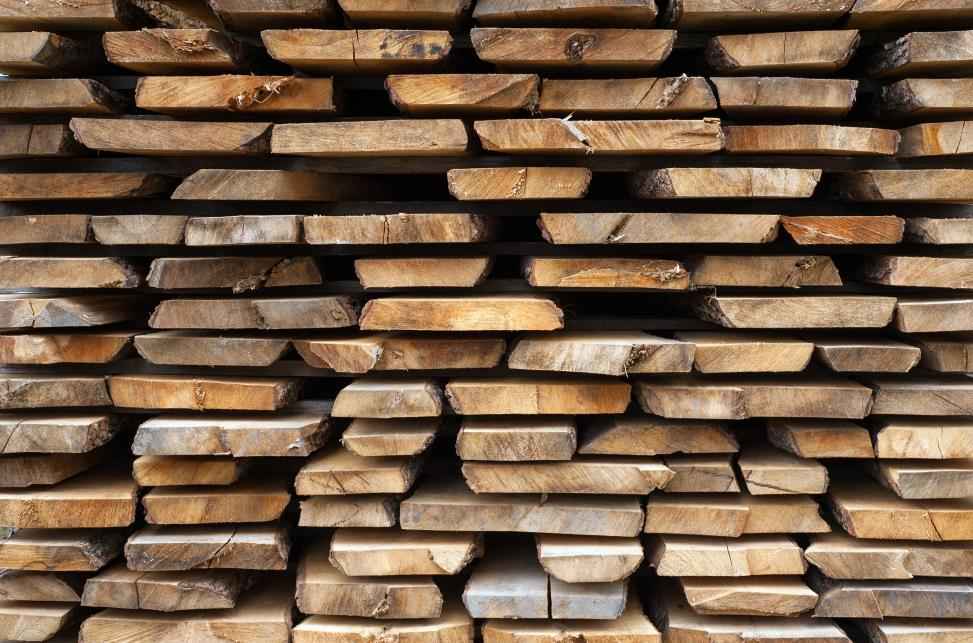
Birch vs. oak
Oak is heavier and denser than birch. It makes a sturdier alternative to birch, with more color options. You can find oak cutting boards made from various subspecies, versatile enough to fit the liking of different customers.
The denser surface makes oak cutting boards more durable than birch and ultimately requires less care. Cooks won’t need to apply food-safe conditioners to an oak cutting board as often.
These superior traits come with a higher price range. There’s a visible cost difference between oak and birch cutting boards. Still, the sturdiness over birch and the wider range of colors make oak fitting for more people.
Birch vs. teak
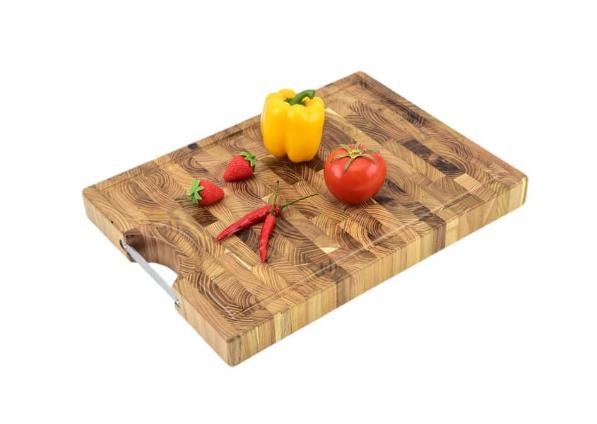
Teak and birch cutting boards are similarly hard and can appear almost identical. Most teak cutting boards have a lighter color, but some can have a much darker shade.
The parallel hardness treats knives comparably. With most woods, the ability to resist moisture would also be the same but teak keeps moisture away better. A teak cutting board can almost repel water and fend off damages caused by internal moisture. Teak achieves this with its rich natural oil content, not density or hardness – a trait that makes teak stand out.
Although these traits make teak cutting boards last longer, they demand care equally. A teak cutting board must get conditioning regularly to maintain its natural water-resistant properties. The same as oak, teak will run your customers more. The difference is your customers will need to open up their budget a lot more to get a teak cutting board.
Final words
The bottom line is birch is an option to consider, especially if it’s primarily home cooks you sell. It isn’t the best for professional, steady, or heavy-duty use.
We hope this article was helpful that shed some light to help you determine if birch makes a good cutting board. Browse our cutting boards catalog to see products for bulk purchasing. Found something fitting to your store? Don’t hesitate to request a quote from LeeKnives.
